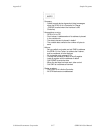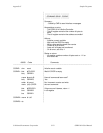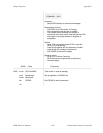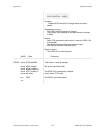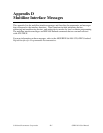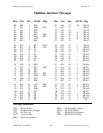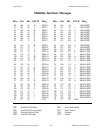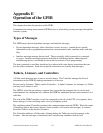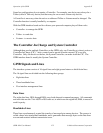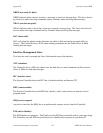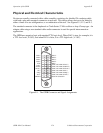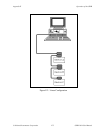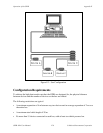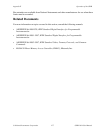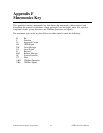
© National Instruments Corporation E-1 GPIB-1014 User Manual
Appendix E
Operation of the GPIB
This chapter describes the operation of the GPIB.
Communication among interconnected GPIB devices is achieved by passing messages through the
interface system.
Types of Messages
The GPIB carries device-dependent messages and interface messages.
• Device-dependent messages, often called data or data messages, contain device-specific
information such as programming instructions, measurement results, machine status, and data
files.
• Interface messages manage the bus itself. They are usually called commands or command
messages. Interface messages perform such tasks as initializing the bus, addressing and
unaddressing devices, and setting device modes for remote or local programming.
The term command as used here should not be confused with some device instructions that can
also be called commands. Such device-specific instructions are actually data messages.
Talkers, Listeners, and Controllers
A Talker sends data messages to one or more Listeners. The Controller manages the flow of
information on the GPIB by sending commands to all devices.
Devices can be Listeners, Talkers, and/or Controllers. A digital voltmeter, for example, is a Talker
and may be a Listener as well.
The GPIB is a bus like an ordinary computer bus, except that the computer has its circuit cards
interconnected via a backplane bus, whereas the GPIB has standalone devices interconnected via a
cable bus.
The role of the GPIB Controller can also be compared to the role of the CPU of a computer, but a
better analogy is to the switching center of a city telephone system.
The switching center (Controller) monitors the communications network (GPIB). When the center
(Controller) notices that a party (device) wants to make a call (send a data message), it connects
the caller (Talker) to the receiver (Listener).
The Controller addresses a Talker and a Listener before the Talker can send its message to the
Listener. After the message is transmitted, the Controller may unaddress both devices.



